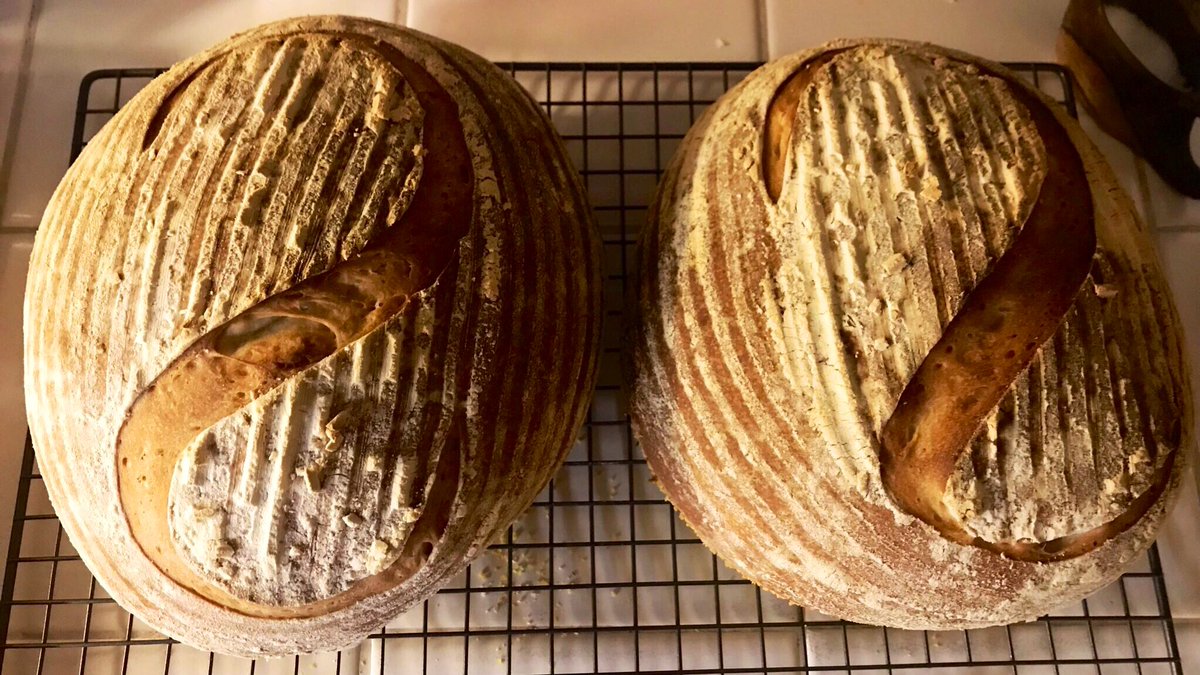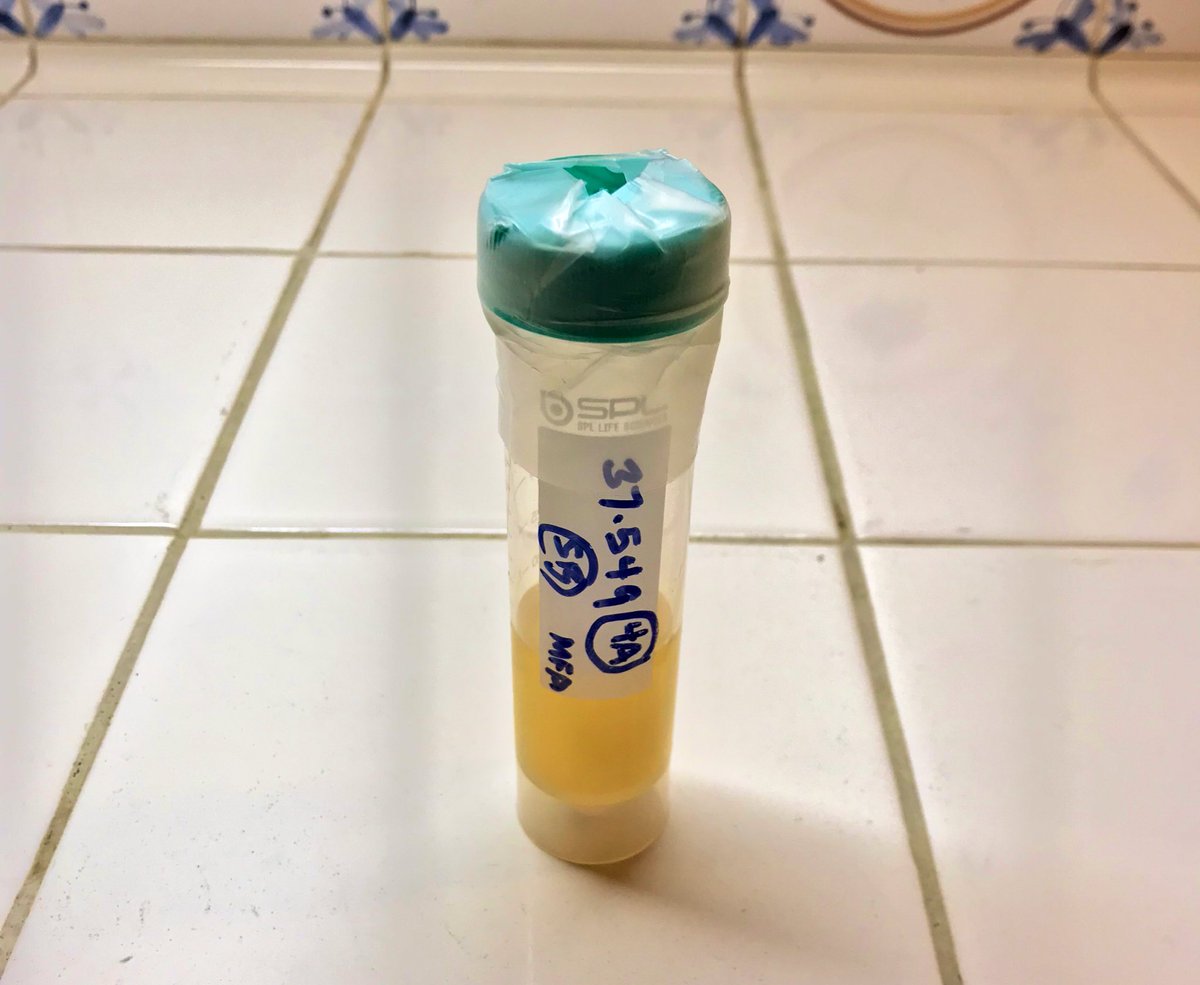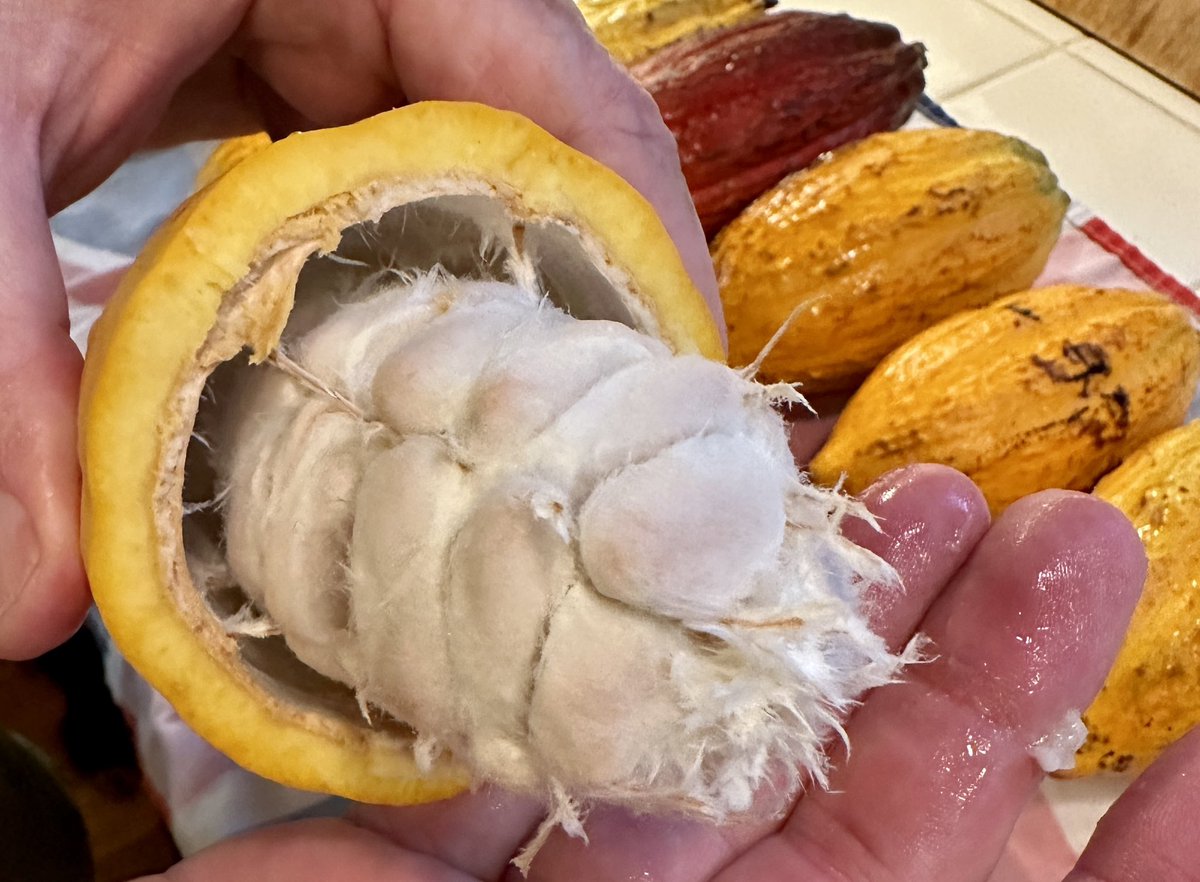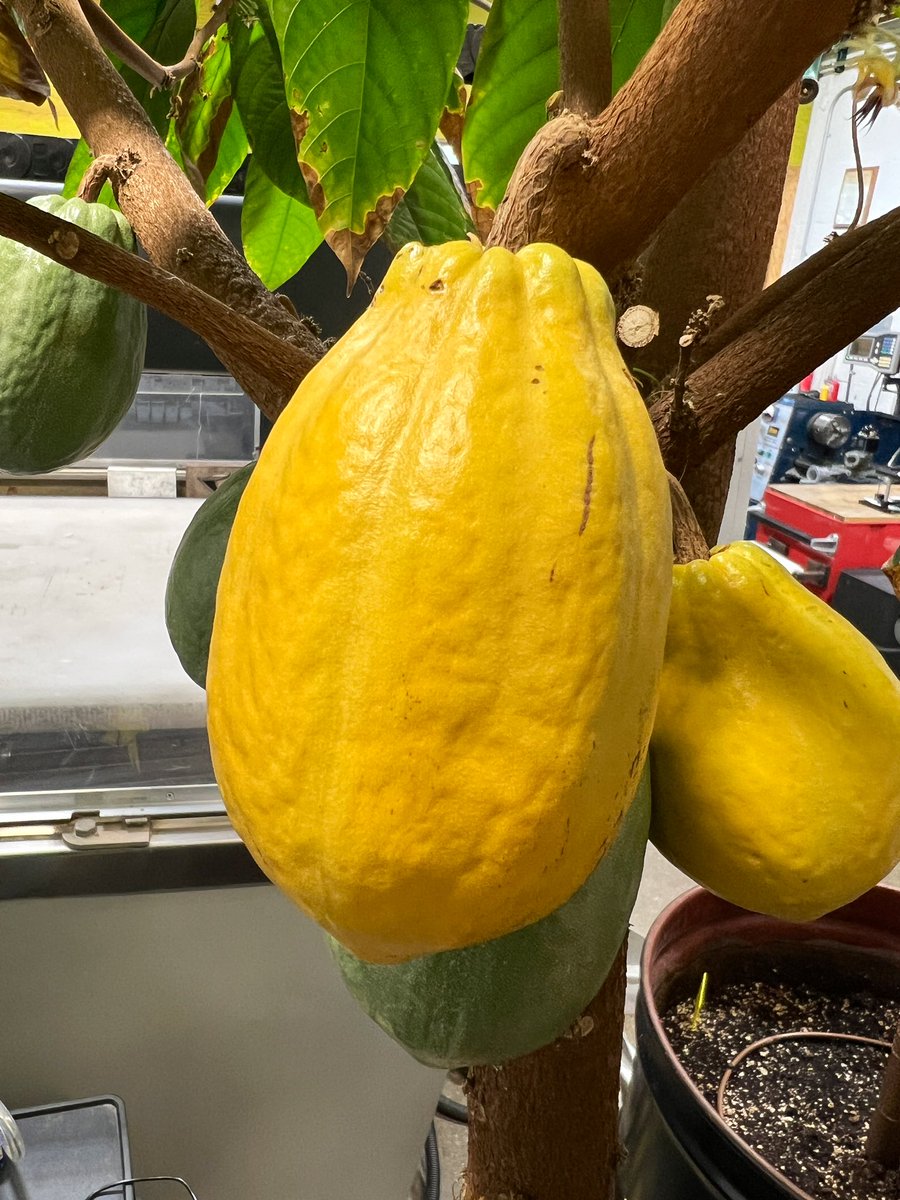Just now, the dormant yeast I collected this week from Ancient Egyptian artifacts (with help from @drserenalove and @rbowman1234) is being fed grain for the first time in four and a half thousand years. Here is the story: #AncientBaking @ClubYeast 

I’m sure this raises a lot of questions in your mind, including “how do you know it’s ancient,” and “why would a grown man waste his time with this.” Well, if you have nothing better to do, i.e. no paint to watch dry and no taxes to file, read on... 

First, and foremost, why? Well, I am Egyptology hobbyist. The written record in hieroglyphs allows us to hear directly from our ancestors, from *thousands* of years ago, in their own voices. It’s incredible and moving to me, to hear them, to be able to feel close to them. 



I really enjoy baking bread. I started learning to make sourdough several years ago, which is the oldest form of breadmaking. One day I realized that it might be possible to teach myself how to make the bread that the Egyptians ate (and also Romans, medieval, etc.), so I tried. 

I read papers, I found growers of ancient grains. I taught myself how to collect wild yeast, in the way that ancient peoples did in order to leaven their bread. Here is a thread on that, in a medieval forest in England:
https://twitter.com/seamusblackley/status/1140945355992965121?s=21
I made a lot of progress, and a LOT of bread. (Baking with 100% heirloom whole grains takes much practice!) but something was missing. The fundamental flavor of wild yeast bread comes from the yeast. And our modern air has TOTALLY different microbiology than it did in antiquity! 





The thing we call “sourdough starter” is really a culture of wild yeasts and bacteria, which produces more interesting flavors in breads than “yeast,” by which we mean commercial, bioengineered yeast. So, depending on where you got the culture from, the bread will taste different 

Incidentally, YOU ARE READING A THREAD ABOUT SPORES AND BACTERIA. Go out and get some exercise or something. 

It turns out that most if not all of the microorganisms in sourdough can hibernate, essentially indefinitely, in the right conditions. So, I got to thinking: what if we could sample yeast from ancient Egyptian pots? nature.com/articles/nrm19…
In principle, we could make perfect Egyptian bread (and beer!) if we could just find a way to get some of the cultures used by the ancient Egyptians. Fortunately, the ancient Egyptians LOVED bread, and they LOVED to bury shit in hermetically sealed tombs! So we have a chance! 

Now, I’m not the first person to come up with this, and I’m a physicist not a biologist so I’m not even really qualified. But I’m maybe the only person simultaneously psyched enough to learn to bake with this stuff, and stupid enough to try. (Also, spores as hobby... uncool.) 

Here’s a closeup of some very old pottery. You see how it’s super porous, meaning that vessels used for long periods may have dormant microorganisms in the ceramic matrix. This is a great opportunity but it brings with it two hard problems: 

First Problem: get the microorganisms out of the ceramic matrix WITHOIT DAMAGING THE PRICELESS ANTIQUITIES. In steps the incredible @rbowman1234, who figured out a noninvasive technique that uses a carrier fluid to free the microbes, then pump them out. More on this in a bit... 

Second Problem: getting access to priceless, 4,500 year-old bread and beer vessels. This means credibly explaining our process, and conveying the excitement of a project that can let the general pubic EAT ancient Egyptian food. Here steps in the badass Egyptologist @drserenalove 

IMPORTANT: now that you’ve wasted this much time, I feel I need to tell you a couple things:
1) This is actually a serious scientific project, so after you see the collecting, there are still weeks of biology work, and
2) We may find NOTHING.
It’s all about CAREFUL PROCESS.
1) This is actually a serious scientific project, so after you see the collecting, there are still weeks of biology work, and
2) We may find NOTHING.
It’s all about CAREFUL PROCESS.

@drserenalove has secured several museums and research collections that will allow us to perform our sampling. She has also helped identify vessels from the Old Kingdom that have the best chance of containing viable microbes- bread molds, beer vessels, and even some actual bread! 

The first stop was Boston, MA, this week. It turns out that biology takes a shitload of equipment. So I made a sampling kit, including sterilized sampling fluid and sterile EVERYTHING. 



First was Boston’s venerable Museum of Fine arts, home to one of the finest collections of Ancient Egyptian antiquities in the US. I set up my equipment and cameras, and the process went very smoothly. Then I got an amazing surprise... 





...an actual loaf of Old Kingdom bread. It’s from the Giza plateau, and it’s in an awesome triangular shape. You can see the grain in it. Imagine it puffed up and fresh, a fancy, artisanal bread for a rich client. I sampled it in three places. It is just incredible to see this. 





The sampling of these incredible artifacts went smoothly, and the first set of samples were ready to be sent off to @rbowman1234’s lab, FedEx overnight. 





At the bio lab, we will characterize and separate out the various organisms we harvested from the vessels and breads. We can then see what’s modern, and likely a contaminant, and what’s old. We will then make a guess, using all the samples, of what the actual Egyptian mix was. 







Next morning I had the privilege of visiting @Harvard’s excellent @peabodymuseum for some more sampling. Again, the samples were immediately Fedexed to @rbowman1234 as @drserenalove watched helplessly from @Australia. 



What’s next? Three things:
1) We are going to take more samples, and, using that data, find a “best guess” Ancient Egyptian beer and bread culture
2) We’re gonna have to write a paper
3) We are going to make bread, beer, and send cultures all over the place so others can too!
1) We are going to take more samples, and, using that data, find a “best guess” Ancient Egyptian beer and bread culture
2) We’re gonna have to write a paper
3) We are going to make bread, beer, and send cultures all over the place so others can too!

Well, and one other thing: I took one extra sample for myself, jumping the gun, to take home and try to culture directly in grain... (sorry Richard!) 

Let me show you how we attempt to guarantee that our leavening cultures stay pure. First, we mill the appropriate grain into a nice soft flour. Here’s what that looked like this morning with Khorasan (Kamut) wheat, which was available in the Old Kingdom.
Next, the freshly milled flour goes into a resealable silicon bag, and into the autoclave for 30 mins at 160C and 2ATM. (Good Lord I’m such a nerd.) 





Next we turn on the UV lamp, which helps control airborne microbes which might float into the samples, and mix up the usual flour/water slurry using the pasteurized flour, sterile water, and our autoclaved containers and tools. Lab technique is KEY. 





Finally, as shown on the top of the thread, we have as pure a sample of Ancient Egyptian bread yeast as I can think how to make. I hope all those little guys are enjoying their first real meal in almost 5000 years! 



Thanks for reading. We have a lot of work still to do, but I’m very excited about all of this. It’s such a magical thing, to think we can share food in a rather genuine way with our distant ancestors. I hope to share it with all of you as well in the near future. 

• • •
Missing some Tweet in this thread? You can try to
force a refresh

































